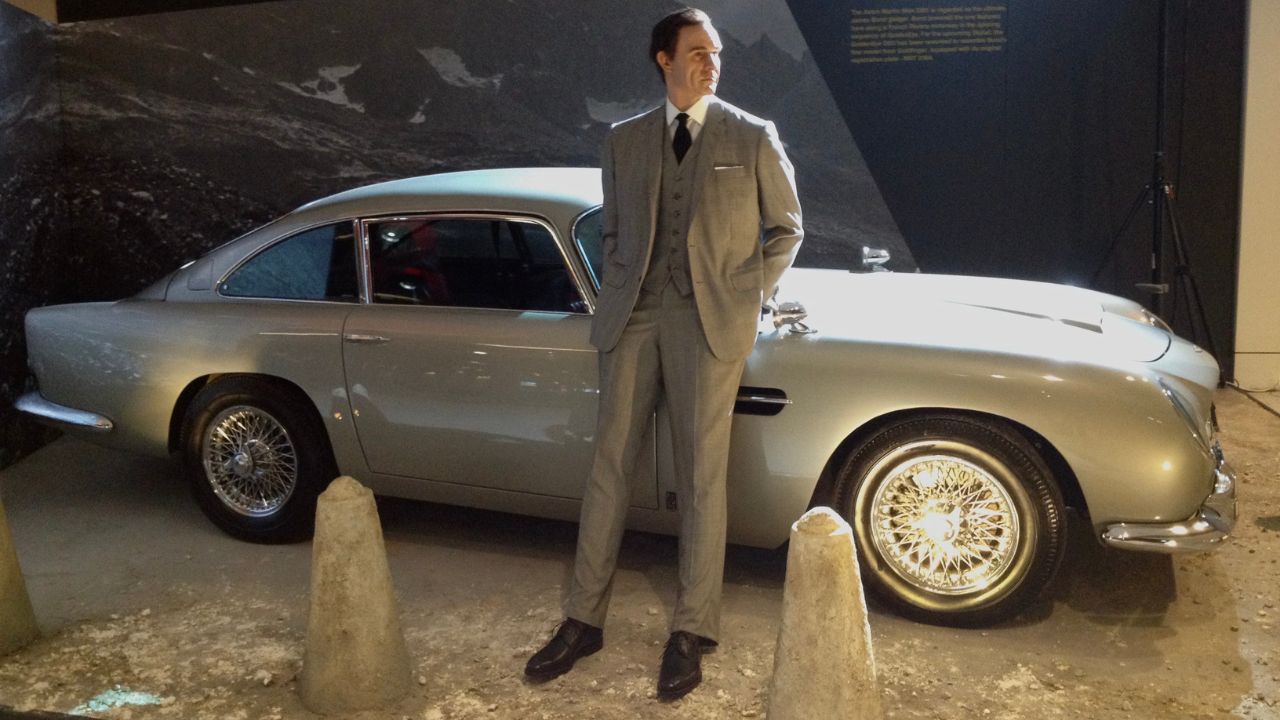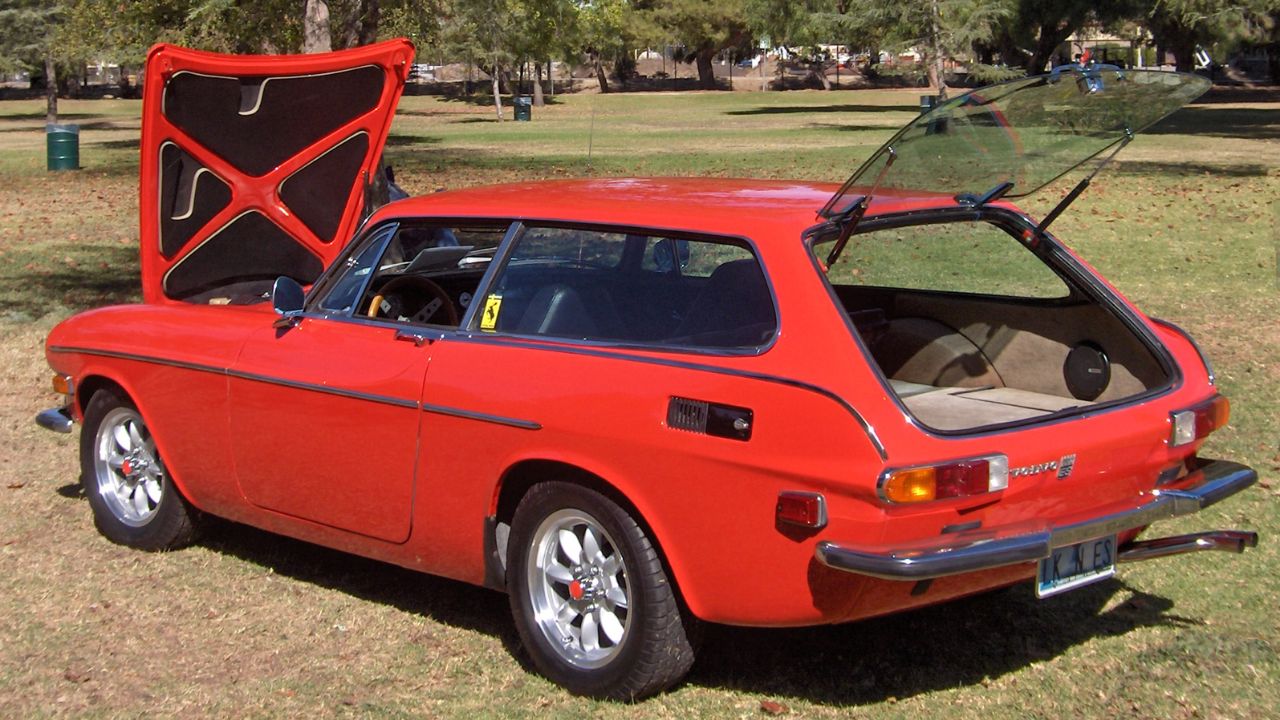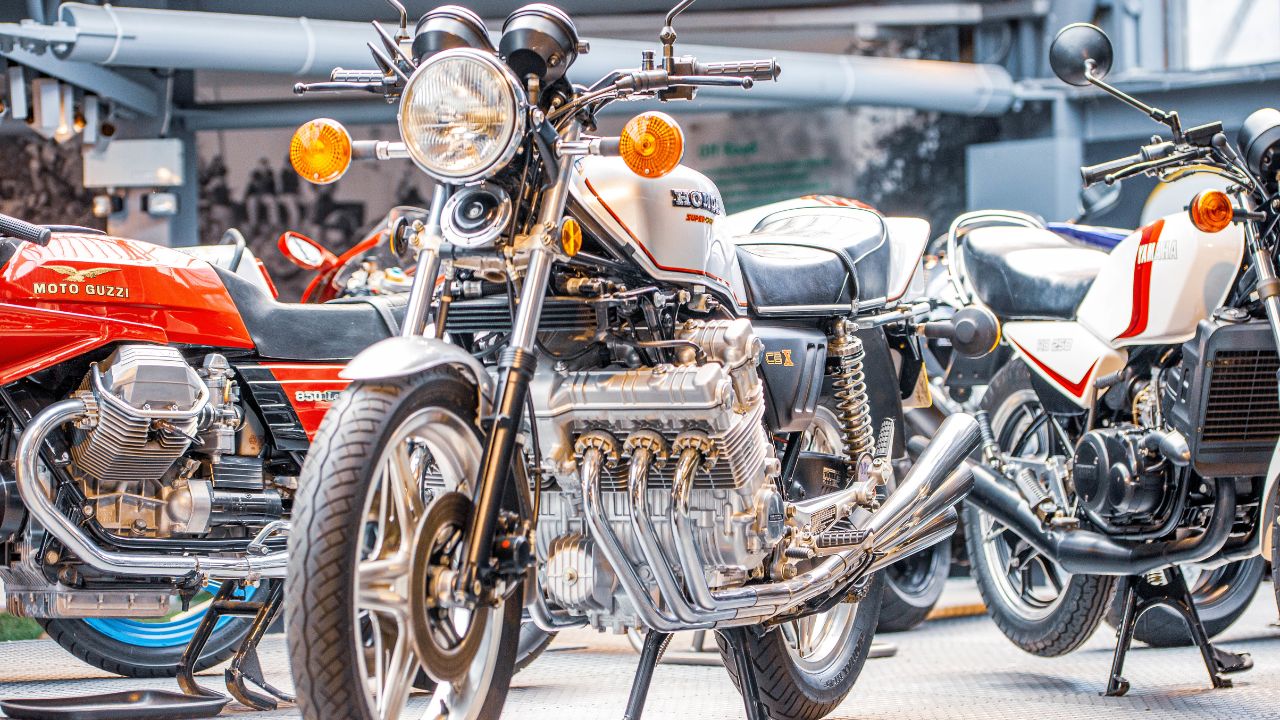The 2014 Ferrari LaFerrari didn’t just mark a new chapter—it flipped the whole script. It was the first road-going Ferrari to use hybrid power, but it wasn’t built to save gas. This was Maranello using electrification to sharpen its performance edge, not dull it. With a screaming V12 backed by a Formula 1–inspired electric boost system, the LaFerrari was as much a race car as a road car.
And yet, it wasn’t about lap times alone. It was about building a machine that could carry Ferrari’s legacy into the future without losing what made it legendary in the first place.
The First Ferrari Hybrid Built for the Road

Ferrari didn’t build the LaFerrari to chase gas mileage—it used hybrid tech to make the car faster. The 6.3-liter V12 produced 789 horsepower on its own, while the electric motor added 161 hp, bringing the total to 950. It wasn’t a plug-in system, and the electric motor mostly filled torque gaps.
The hybrid system, called HY-KERS, was pulled straight from Ferrari’s F1 playbook. It gave the LaFerrari instant throttle response and helped cut 0–60 mph down to 2.6 seconds. This wasn’t about going green—it was about going faster.
A Naturally Aspirated V12, No Turbo Required

While rivals like the McLaren P1 and Porsche 918 went turbocharged, Ferrari stuck with a naturally aspirated 6.3-liter V12. That engine could spin up to 9,250 rpm and sounded every bit like an old-school Ferrari, despite the hybrid tech involved.
With 516 lb-ft of torque and a redline deep into race car territory, the engine never felt tame. The power delivery stayed linear and brutal, with the electric motor stepping in for immediate low-end torque. It was old-school engineering with a modern assist—and it worked.
Production Was Limited to 499 Units

Ferrari capped LaFerrari production at 499 units, keeping demand high and access limited. Buyers were hand-picked—many had to own multiple Ferraris already. This wasn’t something you could just walk into a showroom and buy, even with the money in hand.
That exclusivity made it more than just a hypercar. It became a status symbol within the Ferrari world. Limited production also helped maintain its value—LaFerraris started around $1.4 million new, but many now sell for over $3 million.
Carbon Fiber Everywhere

Ferrari used four types of carbon fiber to build the LaFerrari’s monocoque chassis, all hand-laid in the F1 facility at Maranello. The result was a structure that was 20 percent lighter and 27 percent stiffer than the one used in the Enzo.
Even the seats weren’t adjustable—instead, the pedals and steering column moved to meet the driver. This helped keep weight down and center of gravity low. The entire car was engineered around balance and stiffness, not just raw power.
Top Speed Over 217 MPH

The LaFerrari’s top speed was officially listed at 217 mph, but independent tests showed it could do more. The car wasn’t just about quick launches—it had the aerodynamics and gearing to keep pulling deep into triple digits.
Downforce was managed by a series of active flaps, spoilers, and diffusers that adjusted automatically. Ferrari didn’t want a massive rear wing ruining the shape, so they engineered the aero to work invisibly. That’s why it looks clean but handles like a track weapon.
It Lapped Fiorano in 1:19.70

Ferrari’s Fiorano test track has long been the proving ground for its top-tier cars. The LaFerrari posted a lap time of 1:19.70—five seconds faster than the Enzo and more than three seconds faster than the F12 Berlinetta.
That number matters. Ferrari uses Fiorano as a benchmark to judge real-world performance, and the LaFerrari’s time wasn’t just fast—it put every previous road car from Maranello in its rearview mirror. It wasn’t a marketing stat. It was a stopwatch talking.
The Interior Was More Cockpit Than Cabin

Step inside the LaFerrari and you’ll find a fixed racing seat, minimalist materials, and a digital instrument cluster that looks like it belongs in a Formula 1 car. Everything was built around function, not flair.
The flat-bottom steering wheel housed most of the car’s controls, including the turn signals, headlights, and the manettino switch. It wasn’t designed to impress with luxury—it was designed to keep you focused at 200+ mph. And it did that very well.
Built at the Maranello Factory, F1 Style

Each LaFerrari was assembled at the same factory where Ferrari’s Formula 1 cars are built. The hybrid drivetrain, carbon tub, and engine were put together in a separate line, then married in a process more like race car construction than regular production.
Technicians followed a meticulous hand-assembly process, with no robots involved in the final build. That level of craftsmanship was one of the reasons Ferrari limited production—it simply couldn’t build more without compromising quality.
Inspired by the Ferrari FXX and Millechili

While LaFerrari replaced the Enzo, its true DNA came from the FXX program and the Millechili concept. Both focused on high performance through lightweight construction, tight packaging, and race-derived engineering.
The LaFerrari borrowed heavily from that philosophy. Its hybrid system, active aero, and chassis balance were all refined on the track before ever hitting the road. That’s why it behaves more like a race car with plates than a street car with extra horsepower.
It Sparked the Hypercar Wars

The LaFerrari debuted at a time when McLaren and Porsche were bringing their own hybrid hypercars to market. The P1 and 918 were benchmarks in their own right—but Ferrari didn’t care about lap times in magazines. It cared about feel, precision, and brand legacy.
In the years since, all three cars have become legends. But the LaFerrari held the line on Ferrari’s identity: no turbos, no AWD, no plug-in gimmicks. Just one of the most focused machines the company has ever produced—and one that still draws serious attention today.
Like what you read? Here’s more by us:
*Created with AI assistance and editor review.







Leave a Reply